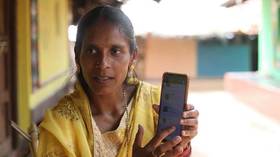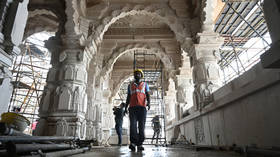Nature’s call: Why even 100 million toilets is not enough to overcome India’s age-old practice
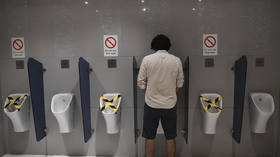
India often claims it has built 100 million toilets since 2014 and has become an ‘open defecation free’ country. In 2019, Prime Minister Narendra Modi received the Global Goalkeeper Award from the Bill and Melinda Gates Foundation for the Swachh Bharat Mission (Clean India Mission), under which millions of toilets have been built across the country.
However, New Delhi’s claim is in jeopardy. According to a World Bank Group (WBG) study, ‘Progress on Sanitation in Rural India: Reconciling Diverse Evidence’, released in September, the substantial gains made from 2014-2019 in regular toilet use in India’s rural areas may be reversing.
The World Bank is an international assistance institution that provides loans to developing and ‘transition’ countries. Ajay Banga, who is of Indian origin, has been its president since June. In 2015, the World Bank approved a $1.5 billion loan for the Swachh Bharat Mission to support the Indian government in its efforts to ensure all citizens in rural areas have access to improved sanitation “with a focus on changing behaviors – in ending the practice of open defecation by 2019.”
The WBG’s new study is based on data from the Indian government as well as independent agencies. It points out that the regular use of toilets has “slowed or is reversing in most states, particularly amongst marginalized households.”
This is crucial as open defecation can cause deadly consequences such as diarrheal diseases, which claim the lives of around 2,000 children under the age of five every day, according to a 2017 article in the Journal of Clinical and Diagnostic Research of the National Library of Medicine in the US.
“Though over the last 50 years, the general health of Indians has improved and the life expectancy has increased, myriad health and sanitation problems still stare one in the face,” the article says. “The biggest one, open defecation, is the mother of all infection and morbidity.”
What is the Swachh Bharat Mission?
With universal sanitation coverage still unresolved, on October 2, 2014, Modi launched the Swachh Bharat Mission (SBM) in a bid to focus and accelerate efforts to meet an ambitious target by October 2, 2019, the 150th anniversary of Mahatma Gandhi’s birth: to make all villages, gram panchayats (village governing institutions), districts, states, and union territories in India ‘open defecation free’ (ODF) by building over 100 million toilets in rural India, according to the SBM portal.
It was to be a tribute to the ‘Father of the Nation’, who would famously state that ‘Cleanliness is next to Godliness’.
The mission aims to ensure and sustain ODF behavior besides providing accessible solid and liquid waste management facilities.
The Swachh Bharat Abhiyan – Gramin (Clean India Campaign for Rural areas, SBM-G) has to date built 100 million toilets across India, particularly in rural areas. It is now focusing on the reinforcement of ODF behavior by providing intervention for the safe management of solid and liquid waste in villages.
The campaign had led to more people using toilets regularly, while India received widespread acclaim, including the Global Goalkeeper award in September 2019.

Key Points of the WBG Study
The accolades led to India requesting that UNICEF and the World Bank conduct studies to estimate the campaign’s economic and health benefits.
The WBG study, however, found a lack of uniformity in the measurement of sanitation outcomes across surveys, “adding to the confusion around SBM-G achievements and leading to competing, mutually inconsistent claims.”
The present study covered the period 2012-2021 by assembling studies of “all available large-scale, nationally representative data sources to empirically evaluate India’s progress on sanitation coverage.”
It noted that SBM-G aimed to tackle significant and persistent sanitation deficits in rural India and was designed “against the backdrop of several sanitation programs that did little to sustainably improve toilet access and use.”
Highlighting the key points, the study concluded that first, there was an enormous expansion in toilet access during the SBM-G period, and coverage – if defined as “sanitation infrastructure made available nearby for people to use” – is nearly universal.
Second, there was also a significant increase in the regular use of toilets, especially by the poor and socially disadvantaged groups. But, it noted, progress on this front appears uneven.
Another key point was the large variation both across and within states. There appears “to be two distinct phases in the data: substantial gains in regular toilet use in early years of SBM-G, followed by a second phase where progress has either stagnated or has even reversed in many places.”
“This reversal is more concentrated in places that had lower levels of initial use, and it is more noticeable for socially disadvantaged groups like Scheduled Castes and Scheduled Tribes, and for households with female heads and younger children,” the study said.
However, it found that most low-income states were among the best performers in their increase in regular use of toilets. Several states, mainly in north India, that were low performers in 2014 saw absolute increases from 2015-16 to 2019-21: Chhattisgarh (52%), Jharkhand (45%), Madhya Pradesh (43%), and Uttar Pradesh (41%).
Other low-income states with the lowest initial levels of toilet use in 2015-16 – Orissa Bihar and Rajasthan – saw smaller increases. Incidentally, West Bengal, also a low-income state, had much higher initial levels of regular toilet use compared to other low-income states.
Additionally, regular toilet use increased after the mission was launched in southern states like Tamil Nadu, Karnataka, Andhra Pradesh, and Telangana, and in the western state of Gujarat, where initially nearly half the rural population was not regularly using toilets, although progress was smaller than that in poorer states.
“Today, richer states like Gujarat and Tamil Nadu rank below poorer states like Uttar Pradesh and Rajasthan in regular toilet use among the rural population,” the study noted.
“There are large clear declines in regular toilet use in six states that fall in UP, Chhattisgarh, Gujarat, Himachal Pradesh, Telangana, and Karnataka. The seven states of Rajasthan, West Bengal, Andhra Pradesh, Madhya Pradesh, Tamil Nadu, Maharashtra and Jharkhand have also experienced large declines in 2019-20 and 2020-21,” it added.
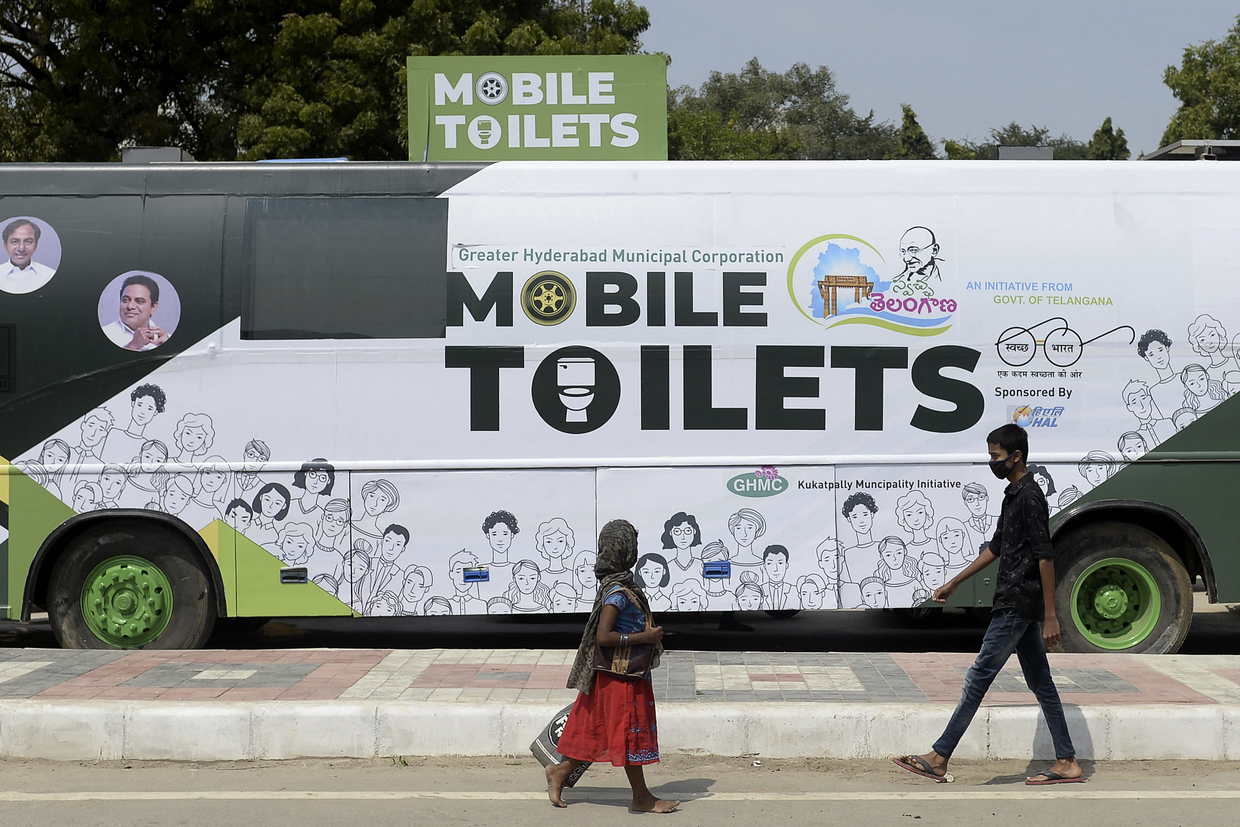
Why ODF must stop
Open defecation can cause many ailments and increase the disease burden in a developing country such as India, where over 100,000 deaths occur annually from diarrheal diseases; the National Library of Medicine (NLM) estimates that “every 40 seconds, a life is lost.”
Poor sanitation facilities in rural areas not only adversely affect the environment, but the improper handling of fecal matter can contaminate soil and pollute water sources.
“There is evidence to suggest that water sanitation and hygiene practices are associated with child linear growth,” the NLM article says. “Children have a tendency to put common things in their mouths. In rural settings where open defecation is prevalent, large amounts of fecal pathogens via human and animal feces are ingested by children. This creates a massive reservoir of bacteria, parasites and viruses that keep spreading gastrointestinal infection. An eventual result is growth stunting and malnutrition.”
Key Factors Jeopardizing India’s ODF Tag
Commenting on the key factors behind the stagnation or reversal that is jeopardizing India’s ODF tag, Ashwani Kumar, assistant professor in the Social Studies and Social Work Department of Himachal Pradesh University, said the lack of a comprehensive approach to cleanliness may be crucial.
He believes that though there had been complete coverage of toilets in rural areas, religious factors and water supply might be reasons for stagnation or reversal.
The tap water or water supply point is also supported by N S Bist, a retired professor of the Population Studies Department of Himachal Pradesh University. He says that it even causes various sanitation issues in the northern Indian state’s capital, Shimla, in the summer.
“There is a huge scarcity of water in Shimla and surrounding areas during the summer wherein people face problems meeting their requirement of water for bathing and toilet use. This may lead to open defecation by marginalized sections or can be a hindrance in ensuring regular toilet use or public amenities,” Bist said.
Adding to this, the solid and liquid waste management component and the creation of sanitary marts to provide products at reasonable rates in rural areas was missing in ongoing SBM projects, Kumar said.
The government should promote better management and improved upkeep of existing public toilets so as to encourage more and more people to use these, he said. The poor management of public amenities has forced people to go to open spaces rather than using smelly or clogged ones.
Kumar, in his 2022 study ‘Impact of Swachh Bharat Mission (Gramin) on Rural Sanitation: A Study of Rural Areas of Reasi District of Jammu and Kashmir’, noted that most people still defecate in open spaces. Furthermore, most villages lack waste disposal and drainage systems, and many are ignorant about the consequences.
This resulted in the failure to meet the ultimate aim of SBM, as well as attention being diverted from solid and liquid waste management, an important component of the mission.
Kumar contended that “the concept of sanitation broadly includes liquid and solid waste disposal, personal and food-related hygiene and domestic as well as environmental hygiene,” although this comprehensive approach seems to be missing.
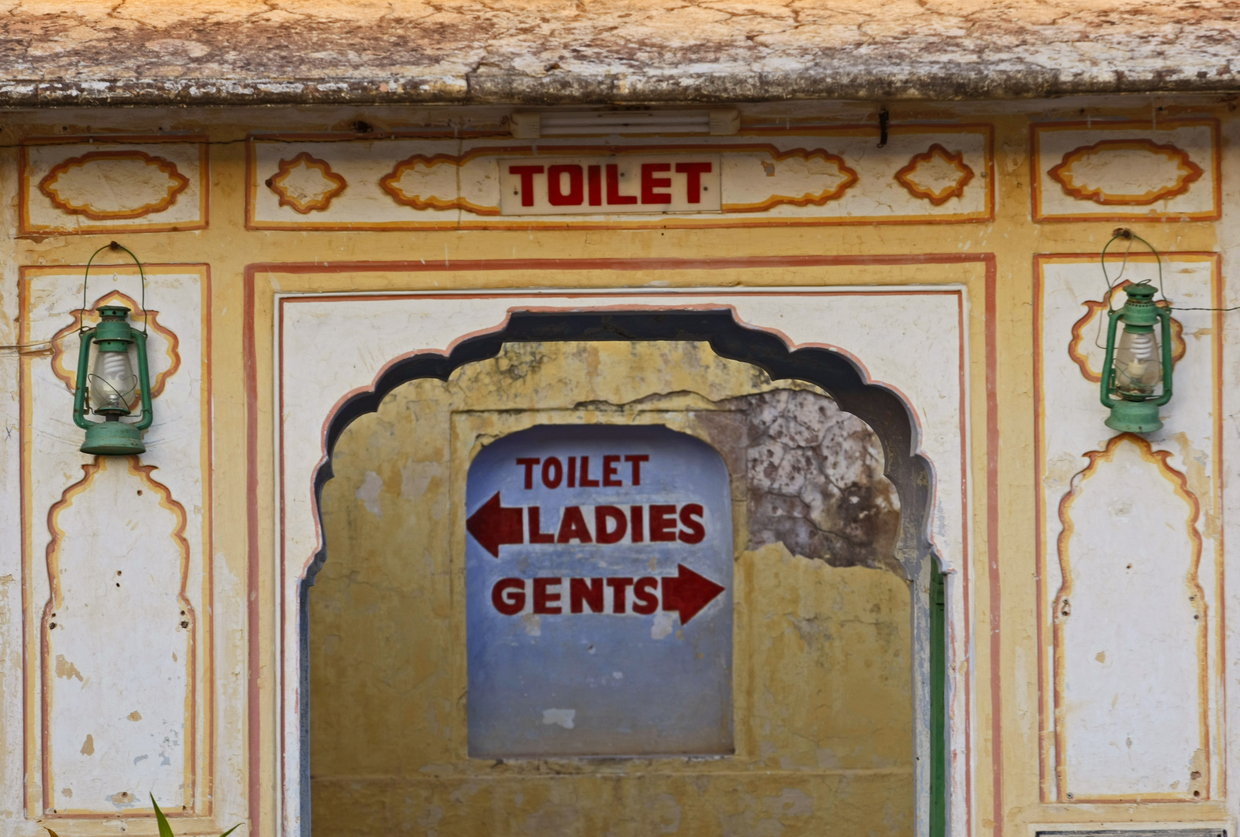
The Way Forward
Kumar and Bist called on government agencies to place more focus on IEC activities to raise awareness about the objectives of the Swachh Bharat Mission, for which community participation is crucial. “The government should work towards making the people stakeholders in achieving the goal of a clean India,” they each said.
The WBG study also highlighted the challenge of sustained regular use of toilets to eliminate the public health threat of open defecation.
“The global literature… has employed rigorous experimental approaches to populations in Bangladesh, Cambodia, Indonesia, India, Mali, and Tanzania on how best to promote sanitation behavior change. India, in turn, could make use of those insights on the importance of prices, social pressure, shame, credit availability, and information provision to encourage sustained behavior change,” the report stated.
A study conducted in Tanzania highlighted “the importance of focusing on intermediate outcomes of take-up and behavior change as a critical first step before realizing the changes in health that WASH (Water, Sanitation and Hygiene) interventions aim to deliver.”
“Finding the balance between intensity, the right incentives, holistic coordination and scale becomes an important policy question,” it added.
A study conducted in Bangladesh concluded that “public commitments are cheaper to implement than paying monetary rewards (subsidies).”
The role of public commitments or peer pressure in a community was also highlighted in a study conducted in Odisha, India which stated that “by targeting whole communities rather than individuals, the intensive IEC campaign harnessed the power of social pressure and peer monitoring to conform to accepted practices.”
Such “campaigns succeed when the information permeates widely to overcome individual inertia, highlights the external consequences of private choices and triggers peer pressure,” the study said.
Meanwhile, Himachal Pradesh’s Una district council (Zila Parishad) vice chairman Krishanpal Sharma called for strict measures against those who still practice open defecation. “The government should stop giving benefits such as subsidized ration or other subsidies to such persons,” he said.
Experts, however, expect that with pressure from key government agencies to improve the conditions of the infrastructure that's in place and rising awareness across communities, it’s just a matter of time before this age-old habit becomes a thing of the past.
